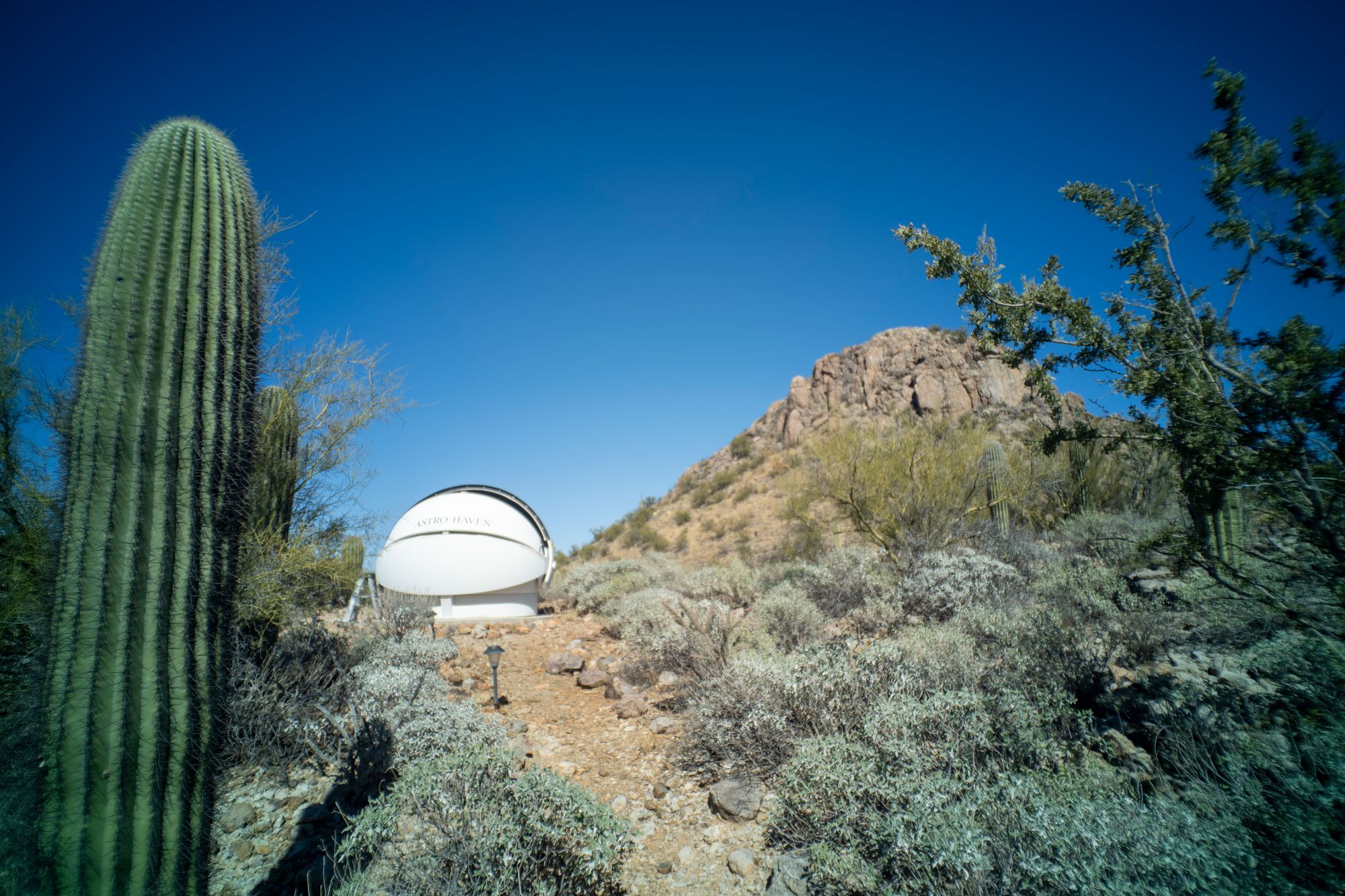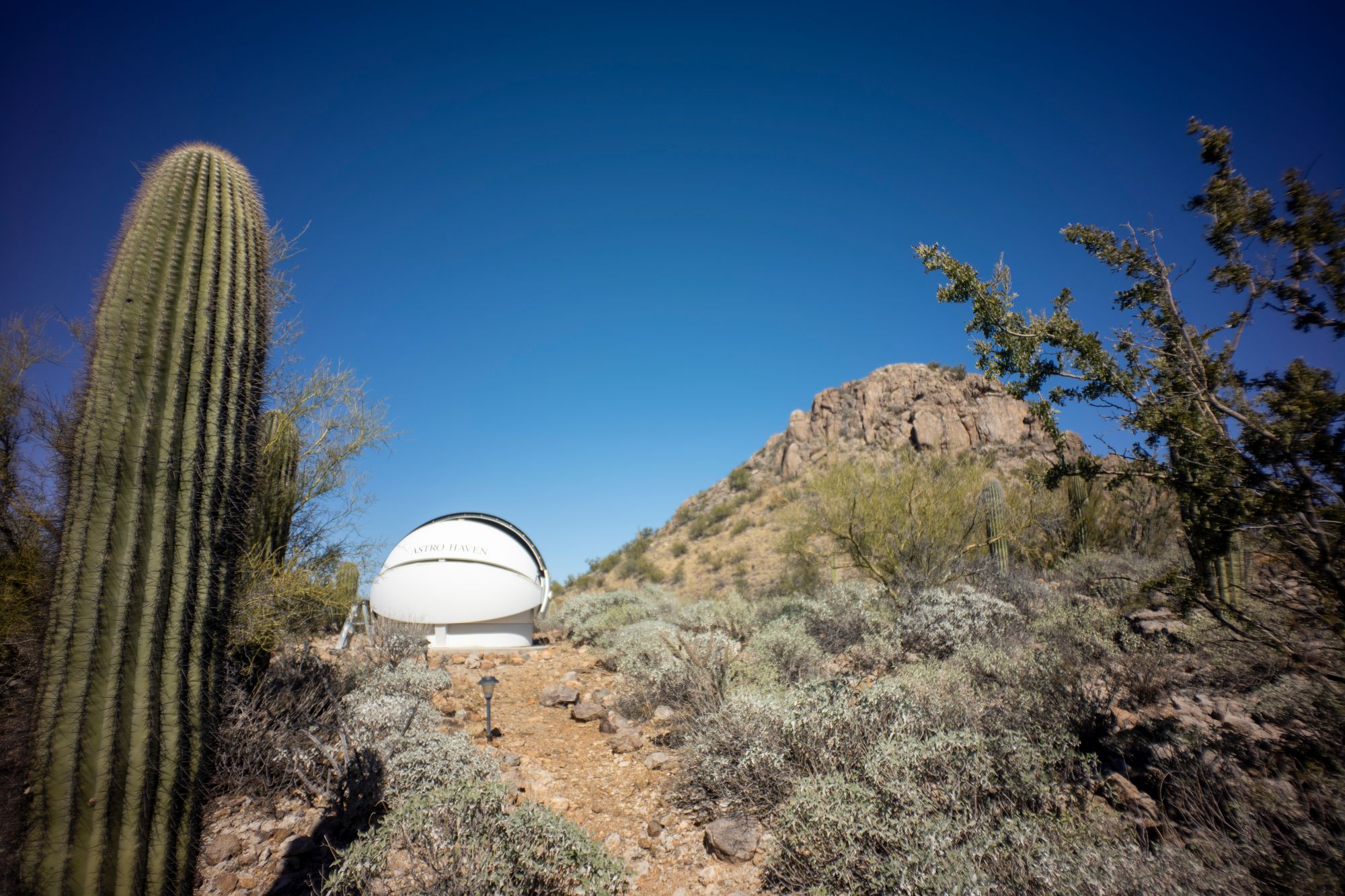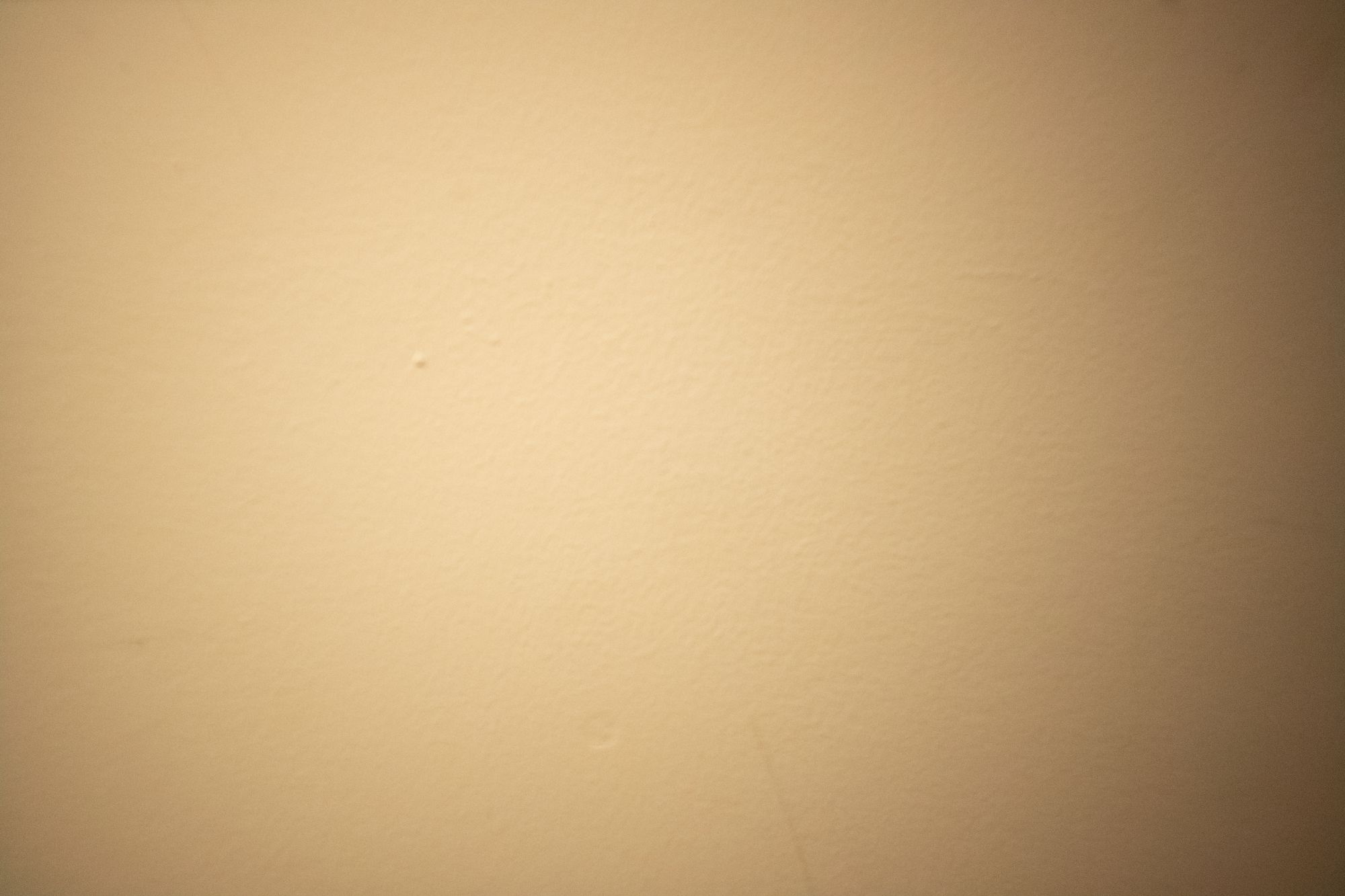The sigma fp is a gamechanger for wide vintage lenses
The Sigma fp has an absolutely incredible little-known feature: custom in-body lens corrections.
It uses so-called flats — flat, light, evenly-lit images of flat, light subjects — to correct the ugly color casts you get when you adapt vintage wide angle lenses (especially rangefinder lenses).
It works like this:
- Go to Shooting > Lens Correction
- You take a photograph of a flat, light-colored neutral object (e.g. a white wall) with the lens using the AEL button
- It saves that image
- It "subtracts" that image from the photos you take, automatically, removing magenta and green casts
I've just tested it out for the first time with my Russar 20mm f/5.6!


Now this wasn't an ideal test by any means… but holy crap! Look at the difference!
Now, Sigma doesn't call these corrections "flats" — but my husband is deep into astrophotography, and that's the term.
And he taught me how to really use flats to best advantage (which I did not do this time).
IDEALLY you want to shoot your flat in the same exact conditions as you will be shooting your photographs:
- Bring a bright white piece of cloth or similar with you
- Set your aperture and focal distance on your subject (roughly, you don't have to do this every time you change focal distance)
- Cover the lens with the white cloth
- Shoot your flat
That'll give you a highly specific flat for best results.
Now, this extra work is obviously not necessary for pretty decent results. For my example above, I actually shot an interior wall the night before, under artificial light. Not sunlight, not outside. (Same aperture though!)
This is the crappy "flat" image I took of a wall last night under artificial light:

It still worked wonders!
This is by far the best results possible from vintage wide angle rangefinder lenses without buying a Leica.
And the Sigma fp can hold multiple named lens corrections, so you can simply switch (and optionally update it) when you change lenses.
I still will probably end up with a Leica one day, simply because it has the micro-lenses required to get the best possible results from these lenses. That'll help with the edge smearing, too. But the fp costs about $1,000 used, and a Leica typ 240 — the "reasonable one" — costs $2600+.